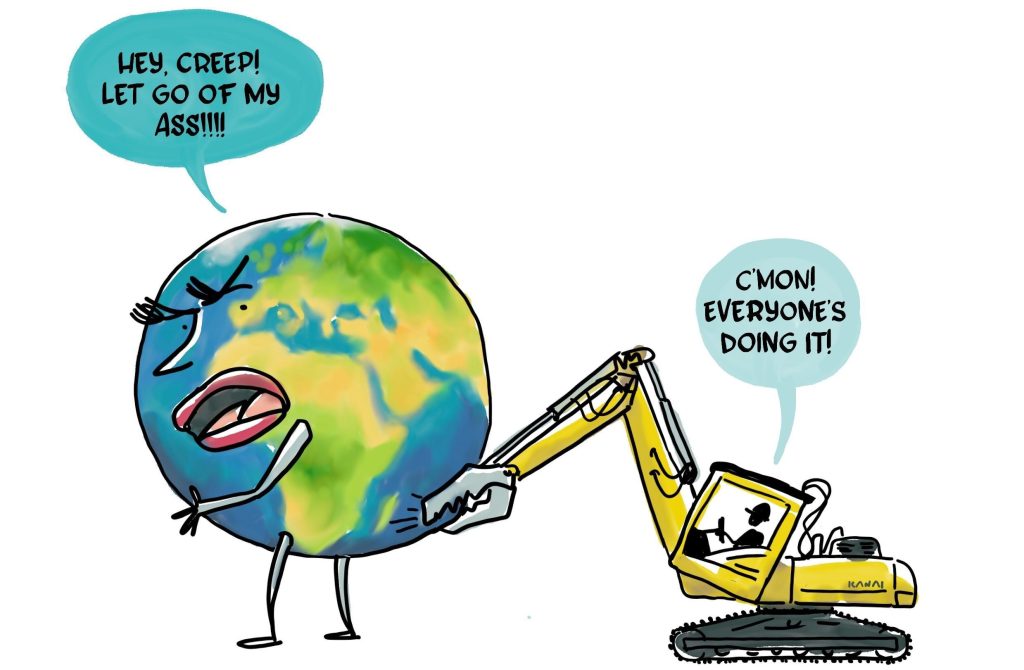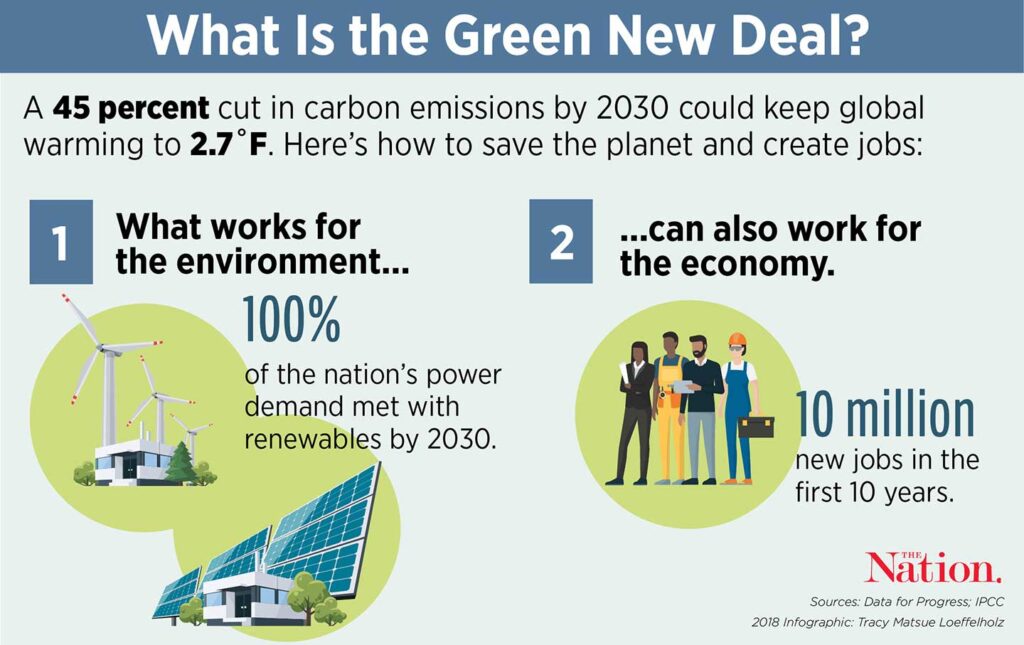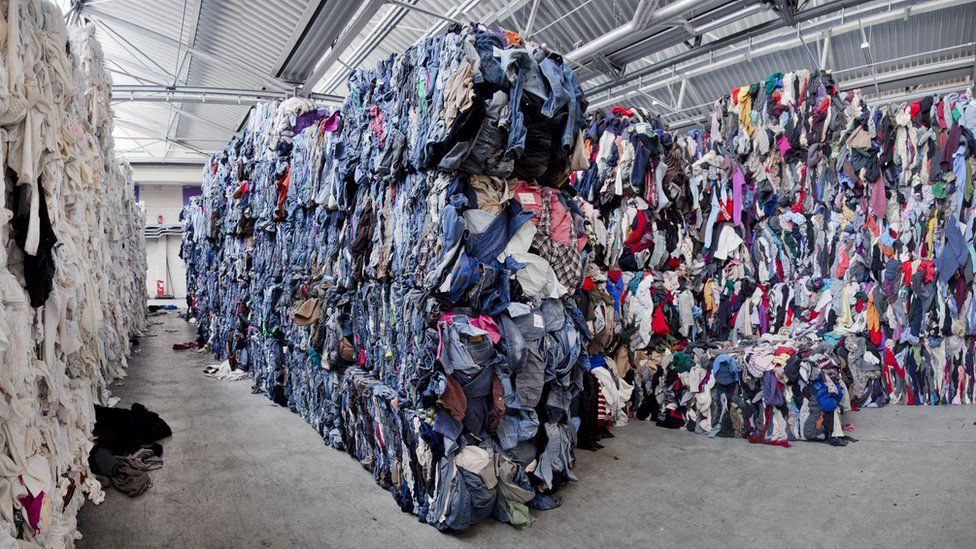
Fast Fashion is a term that describes cheaply made clothing manufactured at rapid rates by mass market retailers. It has become a growing problem negatively affecting our environment and the people who make our clothes. With the enormous growth of Fast Fashion, a counter movement has appeared that is promoting “Sustainable” Fashion in response to the increasing consumer awareness of where clothes are made and of what materials. Even though this is a positive and necessary shift in consciousness, there is confusion over what “sustainability” means within the Fashion Industry.
This individual project will discuss whether Fast Fashion brands are hurting climate change initiatives by advertising sustainable clothing line offerings withing their product categories. This topic is important because there has been an increase in greenwashing among all product categories but specifically fashion brands as an attempt to drive consumer loyalty.
As a fashion industry professional working in the New York Garment District for the last decade, I have had the opportunity to work behind the scenes, predominantly working in design and production of women’s apparel. I have worked alongside domestic manufacturers and garment workers. Seeing firsthand how fashion is made, I have experienced the many issues regarding sustainable and ethical practices. The fashion industry has large supply chains which leads to a lack of transparency on ethical and sustainability issues. I have become interested in this topic while working for fashion labels that portray environmental and ethical concerns outwardly either through company branding and marketing yet convey a different story internally and behind the scenes.
I begin my project with an introduction on what Fast Fashion is. Although this term has gained popularity, it is still not widely understood by all consumers. In Amanda Koontz Anthony and Ian Taplin’s article, “Sustaining the Retail Pilgrimage; Developments of Fast Fashion and Authentic Identities” historical changes leading to Fast Fashion are discussed as well as analyzes the way in which the consumer affects and is affected by this revolution in apparel manufacturing. Discussing the differences of pre- and post-1950 mass consumption, Anthony and Taplin show how consumer demands shifted during those times. The ability of manufacturers to produce goods at a faster rate in response to those demands are responsible for the Fast Fashion model.
Although I have worked for dozens of top designers and brands, I am not privy to information on corporate carbon footprints or a company’s sustainability initiatives, although this should be transparent, not just for consumers but employees as well. In order to find out more about what popular brands are promoting versus what they are actually doing to combat climate change, I looked to Guy Pearse’s book Greenwash: Big Brands and Carbon Scams. In this book Guy Pearse discusses the ‘climate-friendly’ revolution being advertised among many industries. “Almost every major global brand has embarked on a campaign designed to persuade us that it is cutting its carbon footprint. Thus marketing, rather than politics, seems a more relevant window onto the issue of climate change for most people.” Pearse compares the climate friendly campaigns and claims by leading brands and what they are doing with the carbon footprint to what they are selling. Although this book covers many industries, Pearse offers an entire chapter on Fashion where he looks at brands such as Levi’s, Diesel, Patagonia, Timberland and Zara to name a few. It’s a great in depth look offering real statistics that not only correlate with my argument that most climate change advertising is not actually effective on fighting climate change but offers additional insight on brands that actually are trying to make an impact.
In addition to big brands being dishonest about their carbon footprints, unethical labor practices in foreign as well as domestic factories are a huge issue. The collapse of the Rana Plaza Factory in Bangladesh brought global attention to the fashion industry’s ethical problem. The collapse of the Rana Plaza factory building outside Dhaka in Bangladesh is the deadliest disaster in garment industry history. Over 1,000 workers were killed in a preventable tragedy. The collapse of the Rana Plaza building has brought global attention to the working conditions of garment factory workers worldwide.
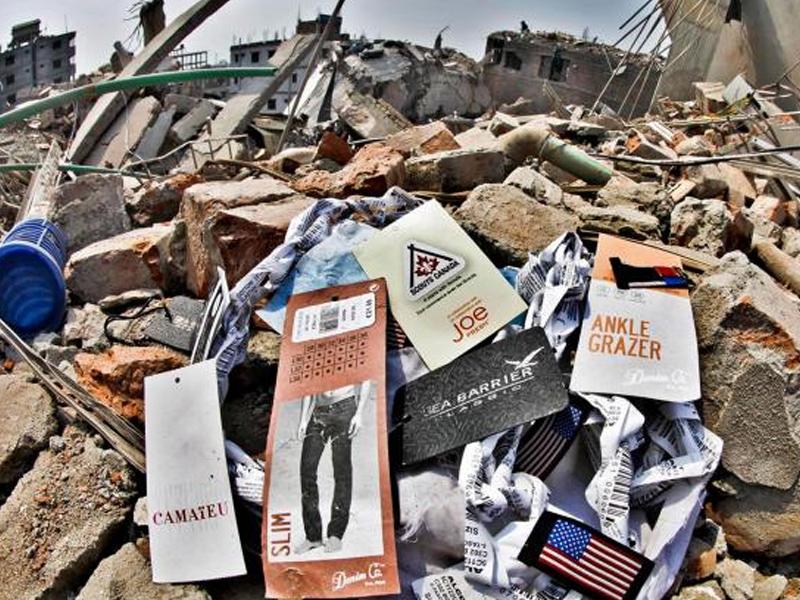
Positively, there has been a growing awareness amongst conscious consumers to question how the clothes they buy are affecting the environment, their bodies and the workers who make them. In response to this, brands are re-branding themselves as sustainable and environmentally concerned however, little of it is real or impactful. Fast Fashion cannot be sustainable with the very business model which promotes waste and unethical labor with its excessive lead times and cheap prices. Even with the death of 1,000 garment factory workers in Bangladesh, fast fashion companies are thriving. Ironically, brands such as Levi’s, Diesel, Patagonia, Gap and Nike to name a few are claiming they are sustainable. It appears saving the environment has become a trend and markets, as well as retailers are jumping on board, yet they have somehow forgotten the people who are making the clothes. Corporate Social Responsibility should not just be a ploy to lure consumers or benefit employees but should assist in increasing competitive advantage and the bottom line long term, by creating new job roles utilizing sustainable technology, as well as innovating product development that is environmentally friendly.
What can you do to make an impact? Educating yourself and others on this issue, as well as bringing awareness to the topic are a great start. Consumers need transparency and information on how clothing is made, by what materials and by whom. Greater visibility allows consumers to make educated choices with their purchases in addition to knowing what to hold corporations responsible for. The consumer also needs to be made aware of not just how things are made but what the end life of their favorite products entail. Consumer identities should be challenged to include ideas of re-use and recycling and not creating more waste just because something is inexpensive or easy to acquire.
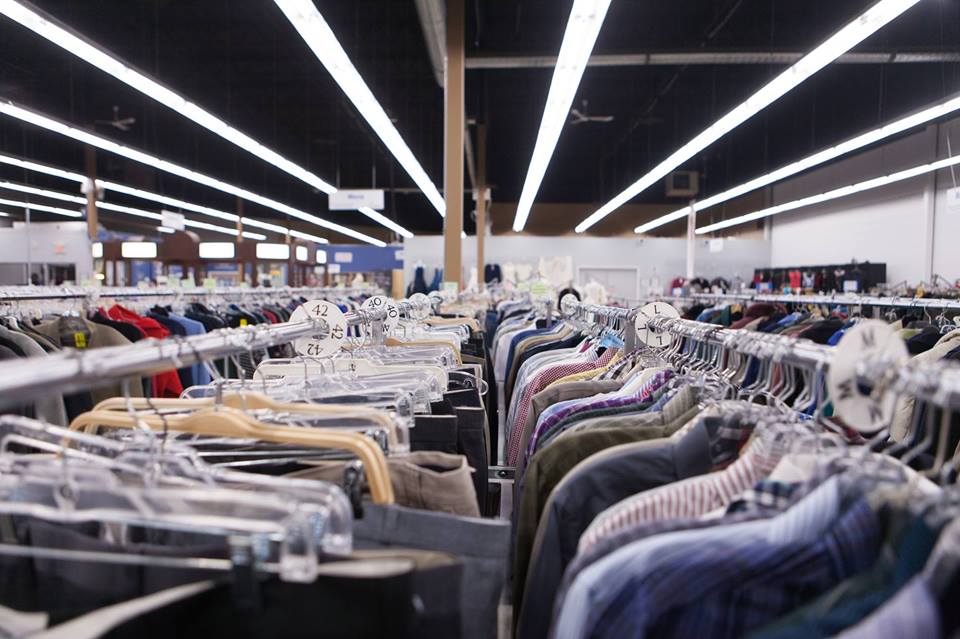
In conclusion, accountability needs to happen in legislature. Sustainability cannot be seen, as a political platform, but as a basic social and physical science. More regulations are needed and must be enforced with regards to fabrics, notions, and trim’s chemical and, or fiber content. The banning of certain materials harmful to the environment, such as non-recycled polyester should be implemented. Companies should be required to submit their total carbon footprint, as well as be required to report annual plans to decrease it and held accountable to meet their goals. Supply Chains should be visible. Vendors should be required to include addresses for every step of the process, outsourced to other factories or within their own, so that large brands can produce accurate accountability. Fabric content in addition to where fabric is made should be included on every bolt and yard sold. Lastly, garment workers’ rights should be non-negotiable. With mandated increased visibility of supply chains, working conditions would no longer be hidden from view and working environment, as well as livable wages could be properly enforced. No garment should be manufactured or bought at the expense of human life or the protection of the environment we inhabit.

